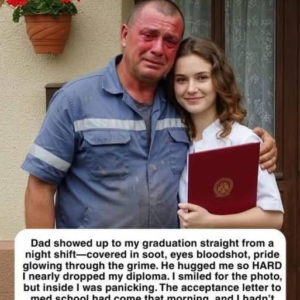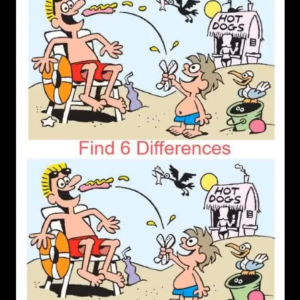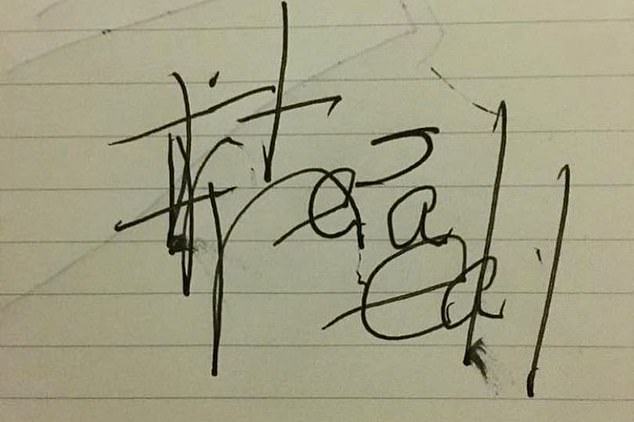
After narrowly escaping death, Tina Hines awoke and scribbled a terrifying note for her loved ones.
Last February, Tina and her husband Brian were looking forward to a trek close to their home in Phoenix, Arizona.
Tina had always been healthy, but just as they were about to set out, she passed out.
According to Brian, he knelt down next to his wife, who had gone a dark purple, and began performing CPR on her.
The mother-of-four was briefly brought back to life, but Brian had to do it again before paramedics could take over.
Tina was resuscitated a total of six times before she awoke at the hospital, and the team kept losing her during the terrifying ambulance ride and during treatment.
Tina and her family told AZfamily.com that she was essentially dead for a total of 27 minutes.
She was intubated and unable to talk while at the hospital, but as soon as Tina woke up, she motioned for a pen so she could scribble her mysterious message, which she claims relates to heaven.
Tina Hines wrote “it’s real” in practically unintelligible lettering, referring to the glimpse of heaven she claimed to have had during the 27 minutes she spent “dead” after suffering a severe cardiac arrest.
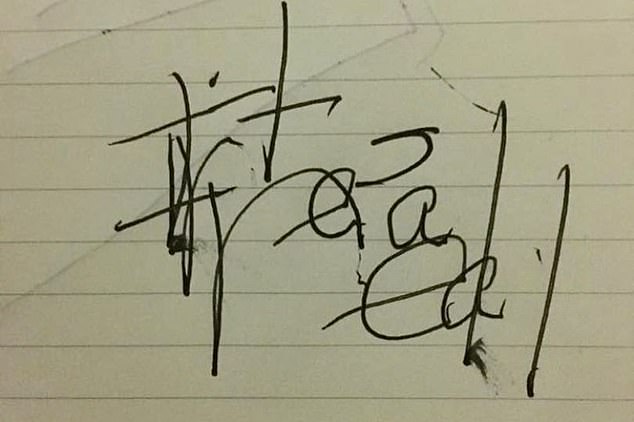
Tina told AZfamily.com, “It was so real, the colors were so vibrant.”
She recalled seeing a person standing in front of dark gates with a bright yellow light burning behind them, which she believes to be Jesus.

Tina merely ‘nodded’ upward when her loved ones inquired about what was genuine while she was still being intubated.
Tina is grateful to be alive and able to share her inspiring tale.
Outside of a hospital setting, almost 90% of patients who experience abrupt cardiac arrest pass away.
However, Tina’s husband’s CPR probably meant the difference between life and death.
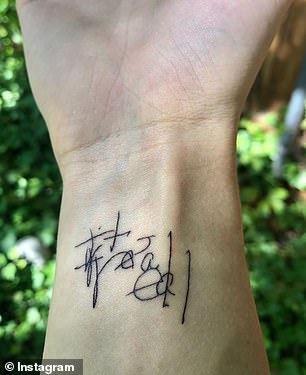
When CPR is given by a bystander, survival rates for cardiac arrest increase considerably, from 10% to over 45% (although women are 27% less likely to receive CPR from someone other than a paramedic).
The fact that cardiac arrest occurs absolutely unexpectedly is one of the reasons it can be so fatal.
Even Tina, who has never had any cardiac difficulties or other health issues, could encounter an unforeseen electrical malfunction that would stop her heart in its tracks.
Over 356,000 US individuals are affected by this horrible health issue each year.
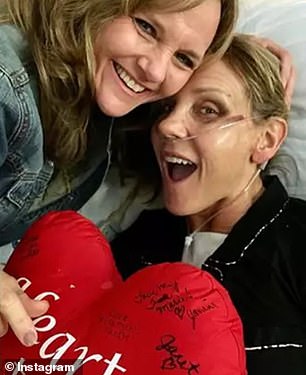
According to research on so-called “near-death experiences” (NDEs), most people have no memory of the brief moments they were technically dead. However, 10–20 percent report vivid visual or sensory experiences.
Scientists are working to understand what happens in the brain when the heart stops. Blood flow to the brain ceases quickly after cardiac arrest, but a 2013 University of Michigan study on rats revealed something surprising. Researchers induced cardiac arrest in nine rats and observed a sudden surge in brain activity moments before death.
This surge was described as “a widespread, transient wave of highly synchronized brain activity” resembling that of a highly aroused, alert brain—not random signals. In other words, the brain may remain intensely active for a few seconds after the body has died, even appearing “hyperactive.”
Scientists hypothesize that NDE visions—often reflecting a person’s beliefs about the afterlife—may stem from this brief, organized burst of conscious activity.
While definitive proof remains elusive, Tina and her family believe the message behind such experiences is simple and profound: paradise is real.




